This cabbage stir-fry recipe involves only a few ingredients, which is ideal for a quick and easy home-cooked meal.
In this article, I want to share with you how to prepare the Chinese cabbage stir-fry dish, which is exceptionally popular among Chinese families.
The recipe requires minimum seasonings for not overpowering the flavor of the cabbage. Once the cabbage is stir-fried with garlic and dried shrimp, the aroma will permeate the kitchen and drift into the dining room. (Trust me 😊).
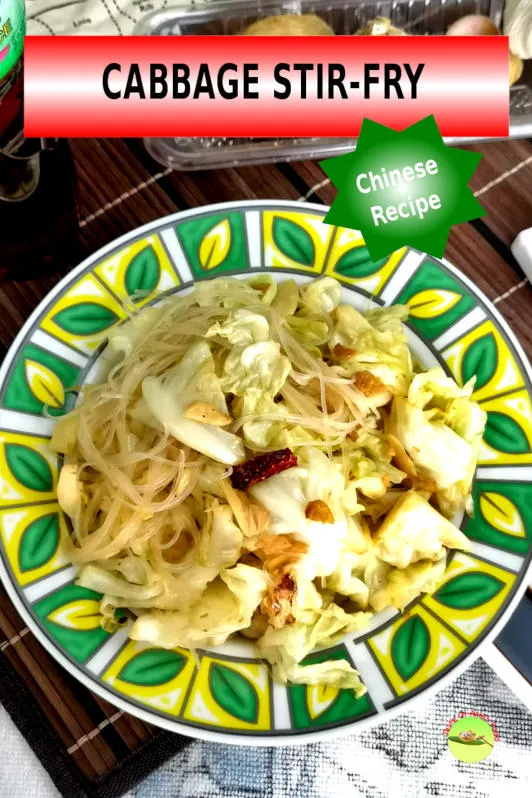
Note: This post may contain affiliate links. Please read my privacy policy for more info. I may receive commissions for purchases made through links in this post. As an Amazon Associate, I earn from qualifying purchases.
How to prepare Chinese cabbage stir-fry
Here is a detailed explanation of how to make the Chinese stir-fried cabbage with garlic and dried shrimp.
1. Cut the cabbage into bite-size pieces
Cut the cabbage into quarters. Then discard the stalk and cut through the layer of the compacted leaves into large cabbage pieces of about five cm squares. You may want to slice the main and the lateral veins thinly so that they will turn soft at the same time as the leaves during stir-frying.
You can use the round cabbage or Napa cabbage for this recipe. The method is identical, although the taste is slightly different.
2. Clean and soak the dried shrimp
Place the dried shrimp in a bowl. Rinse it thoroughly and remove any shell, if any.
Then, soak the dry shrimp in water to rehydrate it, which takes about 10 to 15 minutes.
Remove the hydrated dried shrimp from water and drain. The dried shrimp is now ready for stir-frying.
3. Coarsely chopped the garlic
Peel and bashed the garlic, then coarsely chopped. I do not suggest mincing the garlic because minced garlic can burn quickly during stir-frying
4. Soak the glass noodles (optional)
Glass noodles are optional in this recipe. I like the smooth and slippery texture of the glass noodles and its ability to absorb any flavor that adds to it.
Place the glass noodles in a bowl of hot water. When the noodles are softened after about fifteen minutes, remove and drain.
You need to add the glass noodles to the stir-fried cabbage in the final steps. The noodles will become soggy if you add at the early stage after cooking for too long.
Note: Glass noodles are also called cellophane noodles, mung bean vermicelli, and some other names due to different ways of translation. The Chinese name is called 冬粉.
5. Saute the garlic and dried shrimp
Heat some cooking oil in the wok. Saute the dried shrimp over medium heat for about one minute. When it is about to turn fragrance, add the garlic. I usually add the garlic halfway sautéing the dry shrimp because the garlic tends to burn quickly.
I also like to season the garlic and dry shrimp with some salt so that they taste better and stand out from the cabbage.
6. Stir fry the cabbage over high heat
Once the dried shrimp becomes slightly crispy and the garlic turned aromatic, add the cabbage.
I learned from experience that the cabbage tastes better if you stir fry over high heat. The oil carries the flavor of the garlic and the dried shrimp, which will be absorbed by the cabbage.
It takes about 5 minutes before the cabbage turns tender-crisp. The exact duration depends on the quantity and the heat of the stove.
The cabbage will be cooked by the heat & moisture from the cabbage itself. Therefore, it is not necessary to add any water during stir-frying. However, if you prefer the cabbage to be less crunchy and softer, you can do so by adding a few tablespoons of water and cover the pan or the wok for one to two minutes.
You can add the seasoning at any time during stir-frying. I only add the fish sauce since I do not want it to overpower the flavor of the cabbage, the garlic, and the dried shrimp. Alternatively, you can use a combination of fish sauce and light soy sauce. You can also enhance the flavor by adding some sesame oil at the final stage of stir-frying.
Is there any substitute for the dry shrimps in this Chinese cabbage stir-fry recipe?
Dried shrimp is an ethnic ingredient widely used in Asian cuisine. It has an intense savory flavor similar to other dehydrated ingredients such as dried scallop and shiitake mushrooms. It is widely available in Asia and at most of the Asian grocery shops and supermarkets.
However, it may not always be possible to purchase it in every part of the world. If you are unable to get dry shrimp at where you live, you can omit it from the recipe and increase the amount of garlic. Many Chinese families only stir-fry the cabbage without the dried shrimp. The flavor will not be as intense as with the dried shrimp but is ideal for serving as the side dish along with other items.
Apart from dried shrimp and garlic, chicken and beef are the ideal choices of protein. I suggest to stir-fry or pan-fry the beef and chicken separately before mixing with the cabbage. By doing so, you can brown the beef and the chicken effectively. Furthermore, it takes a longer time to cook the cabbage until tender-crisp then browning the beef.
Can I stir fry with a pan instead of using a wok?
Wok is a better choice than a pan when it comes to stir-frying. The size and the spherical shape of the wok makes it ideal for stir-frying as every morsel of food will drop back to the center after being tossed and flipped. Therefore, the food is less likely to drop out from the edge of the wok.
Most of the wok is made with either cast iron or stainless steel, which means that they can withstand high heat generated from the high power stove.
However, stir-frying with high heat may not be possible for those who are using an induction stove. In this situation, you may have to make do with your small stove and a saucepan. The most practical way he is to stir fry in small batches with a non-stick pan.
You can divide the ingredients in this recipe into two portions, and then stir-fried one after another. By doing so, the lower heat from the small stove can supply sufficient heat throughout the entire stir-frying process to produce a reasonably good stir-fried dish.
What are other popular variations of the Chinese cabbage stir-fry recipes?
Cabbage is a popular vegetable among the Chinese. The most common method of cooking is to stir-fry and to make soup.
We use cabbage as one of the ingredients to prepare fried noodles, stir-fried mixed vegetables, and even for fried rice. We also use it to prepare soup along with chicken or pork broth as the soup base.
Cabbage Stir-fry
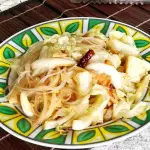
This cabbage stir-fry recipe involves only a few ingredients, which is ideal for a quick and easy home-cooked meal. Once the cabbage is stir-fried with garlic and dried shrimp, the aroma will permeate the kitchen and drift into the dining room.
Ingredients
- 600g cabbage
- 2 tbsp cooking oil
- 5 cloves garlic
- 3 tbsp dried shrimp
- 1/2 tsp salt
- 4 tbsp fish sauce
- 35g glass noodles (optional)
Instructions
- Cut the cabbage into pieces, about 5cm square.
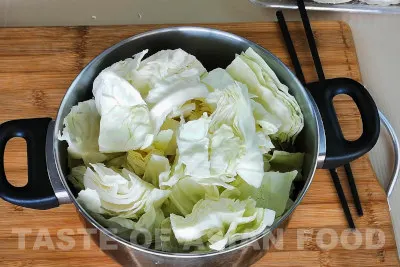
- Soak the glass noodles in hot water for 15 minutes. Drained.
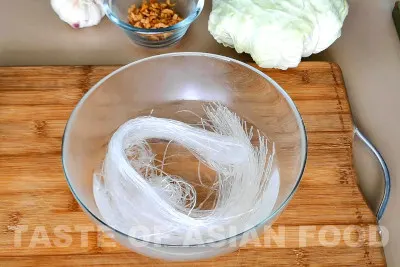
- Rinse the dried shrimp, then soak in water for 15 minutes. Drained.
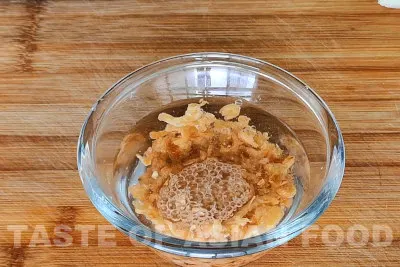
- Bashed the garlic cloves. Saute the dried shrimp for one minute, then add the garlic and continue sautéing until aromatic. Seasoned with salt.
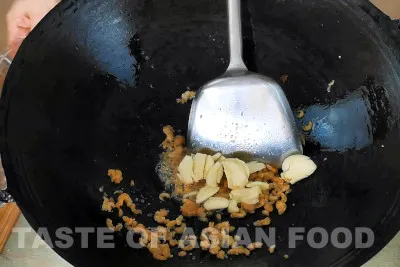
- Add the cabbage and stir-fry for about 5 minutes or until tender-crisp.
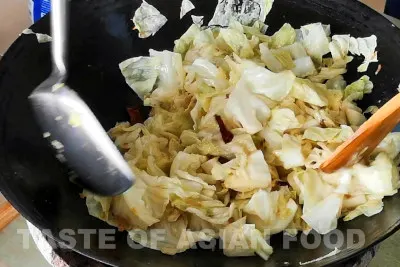
- Seasoned with fish sauce.
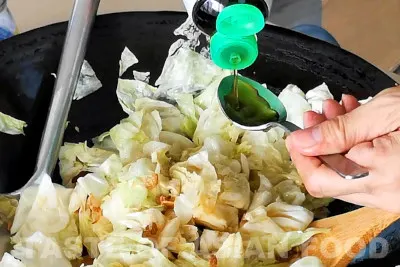
- Add the glass noodles. And give it a few quick stirs.
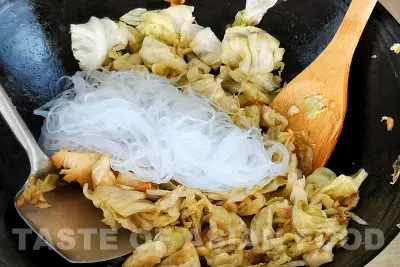
- Dish out.
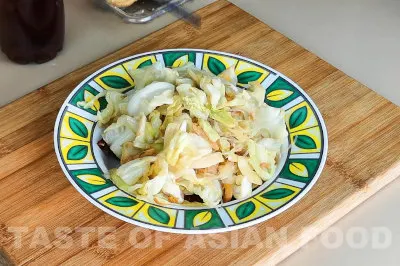
Recommended Products
As an Amazon Associate and member of other affiliate programs, I earn from qualifying purchases.
Nutrition Information:
Yield:
2Serving Size:
1Amount Per Serving: Calories: 339Total Fat: 22gSaturated Fat: 2gTrans Fat: 0gUnsaturated Fat: 19gCholesterol: 32mgSodium: 695mgCarbohydrates: 25gFiber: 6gSugar: 9gProtein: 14g
This data was provided and calculated by Nutritionix on 3/9/2020

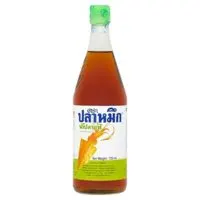

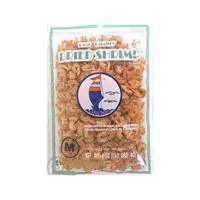
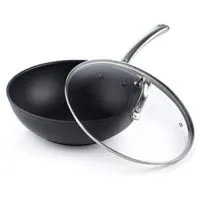
Kim
Tuesday 10th of March 2020
Did you used fish sauce or fish oil? In the ingredients, you mentioned “4 Tbsp fish oil.” Thanks.
KP Kwan
Wednesday 11th of March 2020
Hi Kim, It is fish SAUCE, not fish OIL. Sorry for the silly mistake, which I have amended in the recipe. Thanks for pointing it out. KP Kwan
KP Kwan
Tuesday 10th of March 2020
Hi, this is KP Kwan. I am happy to see you in this comment area, as you have read through my recipe. I am pleased to reply to any questions and comments as soon as possible.